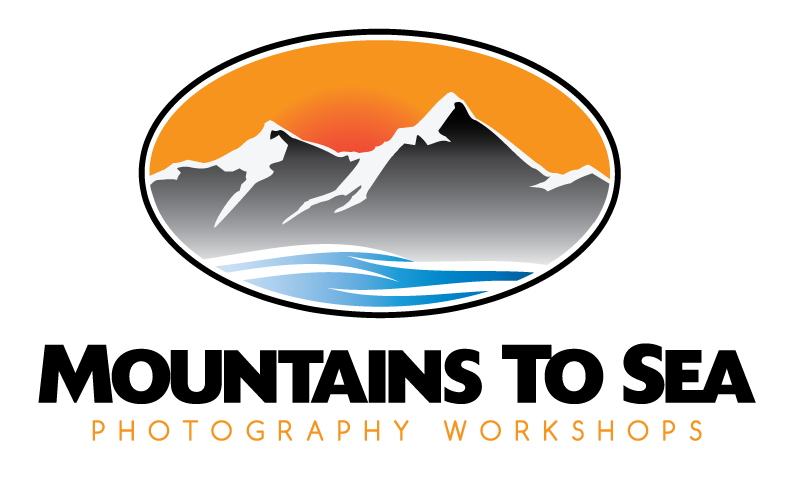Mastering Layer Blending: Creating Well-Balanced Night Sky and Landscape Images with Multiple Exposures
Have you ever struggled to capture a well-balanced image that includes both the night sky and the landscape below? When shooting in low light conditions, it can be challenging to achieve proper exposure for both elements in a single frame. But fear not – blending multiple exposures can be your key to creating stunning, well-balanced images. In this blog post, we'll guide you through the process of blending exposures for astrophotography and landscape photography. Let's get started!
Capture Multiple Exposures
Begin by capturing multiple exposures of your scene, each optimized for different elements:
Sky Exposure: Use a wide aperture (f/2.8 or lower), high ISO (1600-6400, depending on your camera), and a shutter speed determined by the "500 Rule" or the "NPF Rule" to minimize star trailing.
Foreground Exposure: To capture the landscape details, use a smaller aperture (f/8 to f/11), lower ISO (100-400), and a longer shutter speed (30 seconds to a few minutes, depending on the ambient light).
Import Your Images into Lightroom or your Editing Software
Load your images into your preferred editing software, such as Adobe Lightroom or Capture One, for initial adjustments. Correct any lens distortion, chromatic aberration, and make basic adjustments to color, contrast, and sharpness. Making sure to achieve a balance of the colors is very important at this step.
Blend Exposures Using Layer Masks
To blend the exposures, you'll need image editing software that supports layer masks, such as Adobe Photoshop or Affinity Photo. Follow these steps:
Open both the sky and foreground exposures as layers in your software, with the sky exposure on top.
Create a layer mask on the sky exposure layer.
Using a soft-edged brush, paint black on the layer mask to reveal the properly exposed landscape from the layer below. Adjust the brush's opacity to control the blending transition between the sky and landscape. I like to start around 10% opacity and modify as needed.
Fine-tune the blending by adjusting the layer mask and the brush's opacity as needed to achieve a natural-looking transition between the two exposures.
Keep working on the mask it until you are pleased with the results. Sometimes stepping away for a period of time and resisting when fresh can really help reset my eyes and help me achieve a more balanced result.
Enhance Your Blended Image
After blending the exposures, you can further enhance your image by making additional adjustments to color, contrast, sharpness, and noise reduction. Consider using adjustment layers and masks to target specific areas of the image, such as the sky, landscape, or any light sources.
Advanced Techniques: Focus Stacking and HDR
For even greater control over your final image, consider using advanced techniques like focus stacking or high dynamic range (HDR) processing:
Focus Stacking: Capture multiple images at different focus distances to ensure maximum sharpness throughout the scene. Blend these exposures using focus stacking software, such as Helicon Focus or Zerene Stacker, or manually in Photoshop or Affinity Photo.
HDR: If your scene has a very high dynamic range, you can capture multiple exposures at different shutter speeds to create an HDR image. Merge these exposures using software like HDR Merge (previously Aurora HDR), or Photomatix Pro, or Adobe Lightroom, or manually blend them using layer masks in Photoshop or Affinity Photo.
Blending multiple exposures is an invaluable technique for creating well-balanced images that showcase both the night sky and the landscape below in all their glory. With a bit of practice and patience, you'll be on your way to mastering this technique, resulting in stunning astrophotography and landscape images that truly capture the beauty of the world around us. So grab your camera, head out under the stars, and start experimenting with exposure blending to elevate your photography to new heights. Happy shooting!



